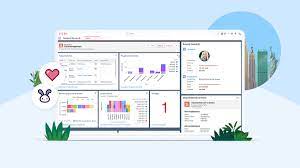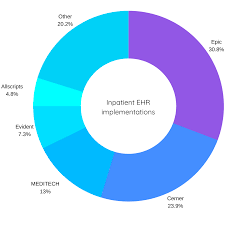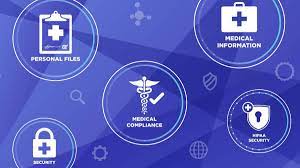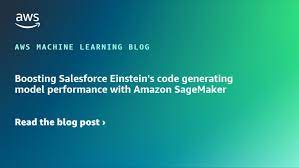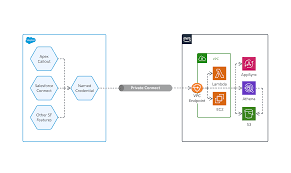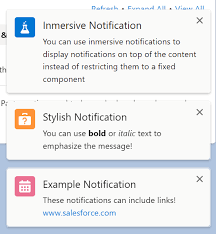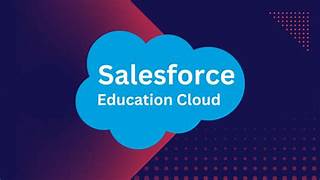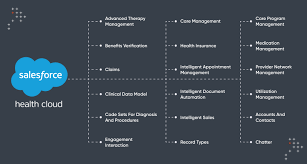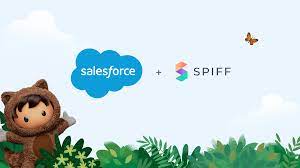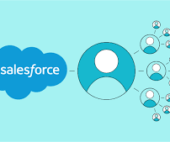Salesforce Enhances Nonprofit Cloud with Generative AI
Salesforce Enhances Nonprofit Cloud with Generative AI Capabilities On August 6, 2024, Salesforce Inc. announced that its Nonprofit Cloud platform is the latest in its suite to receive a boost from generative artificial intelligence (AI). This marks a significant milestone as it is the first integration of the Einstein 1 Platform within Salesforce’s Industry Cloud portfolio. The update introduces AI-powered tools designed to help nonprofits enhance operational efficiency, tailor donor engagement, and discover new funding opportunities. Notable features include AI-generated personalized gift proposals and concise summaries of program successes, grant details, donor histories, and more. This move signals Salesforce’s broader strategy to embed AI solutions across its industry-specific offerings, potentially transforming how various sectors leverage AI tools. The new features, such as AI-powered fundraising tools and program summaries, aim to help nonprofits navigate an increasingly challenging landscape by improving efficiency, personalizing donor engagement, and boosting fundraising efforts. Additionally, Salesforce launched Data Cloud for Nonprofits, a new product designed to unify and harmonize data, providing a comprehensive view of donors, volunteers, and program participants. Salesforce’s Nonprofit Cloud, introduced last year, is a specialized version of its renowned customer relationship management (CRM) platform. It offers all the essential CRM features alongside tools tailored for nonprofit organizations. These include donor management capabilities, fundraising tools, and tracking systems for program participation and outcomes. AI-Driven Outreach and Summaries The latest update integrates Salesforce’s Einstein 1 generative AI platform into Nonprofit Cloud, offering AI-powered tools to enhance operational efficiency. For instance, the new fundraising gift proposals feature uses generative AI to create personalized proposals based on an organization’s data, such as previous donor interactions and supported causes. This automation aims to reduce the time needed for nonprofits to solicit financial support. Salesforce Enhances Nonprofit Cloud with Generative AI Aligning With Four Pillars This development aligns with Salesforce’s “four-pillar” approach to enterprise AI success: By integrating the Einstein 1 Platform into Nonprofit Cloud, Salesforce is showcasing its broader AI strategy across its portfolio. Similar integrations could soon follow for other Industry Cloud offerings, potentially accelerating AI adoption in various sectors. Salesforce also introduced the Einstein Summaries feature, which is expected to add significant value by helping nonprofits better understand program success, enhance donor engagement, and simplify the grant review process through AI-generated summaries. Data Cloud for Nonprofits The new Data Cloud for Nonprofits merges structured and unstructured data from various sources into a unified model. This integration enables nonprofits to create comprehensive views of donors, volunteers, and program participants, ultimately helping them assess program performance and fundraising effectiveness. Salesforce unveiled three key innovations for Nonprofit Cloud, each addressing specific challenges in the nonprofit sector: Data Cloud for Nonprofits is available immediately, while the AI-powered fundraising gift proposals and summaries will be generally available this fall. Salesforce also introduced Nonprofit Cloud Einstein 1 Edition, which bundles Nonprofit Cloud, Data Cloud, Einstein, Experience Cloud, and Slack. Nonprofits Embracing AI According to Salesforce, nonprofits are eager for these AI capabilities. The sixth edition of its annual Nonprofit Trends Report highlights the growing need for diversified fundraising strategies and cost reduction. Lori Freeman, Global GM for Salesforce for Nonprofits, emphasized the transformative potential of these innovations: “We’re at a watershed moment for nonprofits. AI is not just another tech trend; it’s a game-changer that could help organizations overcome critical challenges like increased demand for services, rising costs, and donor attrition. By embedding AI directly into Nonprofit Cloud, we’re enabling organizations to streamline their workflows, gain deeper insights, and ultimately increase their impact – all while maintaining the highest standards of data security and trust.” Salesforce’s new Data Cloud for Nonprofits is available now, with AI-powered fundraising gift proposals and summaries features rolling out this fall. Early adopters have already reported positive experiences with the new capabilities. Julie Fleshman, CEO of the Pancreatic Cancer Action Network, praised Nonprofit Cloud for streamlining clinical trial finder and physician database initiatives, stating that Salesforce is helping advance their mission by connecting patients with specialized healthcare providers and relevant clinical trials. Like1 Related Posts Salesforce OEM AppExchange Expanding its reach beyond CRM, Salesforce.com has launched a new service called AppExchange OEM Edition, aimed at non-CRM service providers. Read more The Salesforce Story In Marc Benioff’s own words How did salesforce.com grow from a start up in a rented apartment into the world’s Read more Salesforce Jigsaw Salesforce.com, a prominent figure in cloud computing, has finalized a deal to acquire Jigsaw, a wiki-style business contact database, for Read more Service Cloud with AI-Driven Intelligence Salesforce Enhances Service Cloud with AI-Driven Intelligence Engine Data science and analytics are rapidly becoming standard features in enterprise applications, Read more

